Saltwell Park
Landscape In Gateshead, Tyne And Wear
A 19th Century Public Park designed by Edward Kemp.
Saltwell Park in Gateshead is arguably one of the north east's finest traditional municipal parks and is as popular today as it was when it was first opened in 1876.

The land that would become Saltwell Park wasn't always a public space. In the early 1800s, it formed part of the Saltwellside estate, owned by William Wailes, a prominent figure in Newcastle's business scene. Wailes, a successful stained-glass manufacturer, acquired the land and commissioned the construction of a grand residence, Saltwell Towers, completed in 1862. The Towers, a picturesque blend of Elizabethan and Gothic styles, still stands as a reflection of Wailes' wealth and refined taste. The surrounding estate boasted landscaped gardens, reflecting the growing Victorian fascination with nature and picturesque scenery.

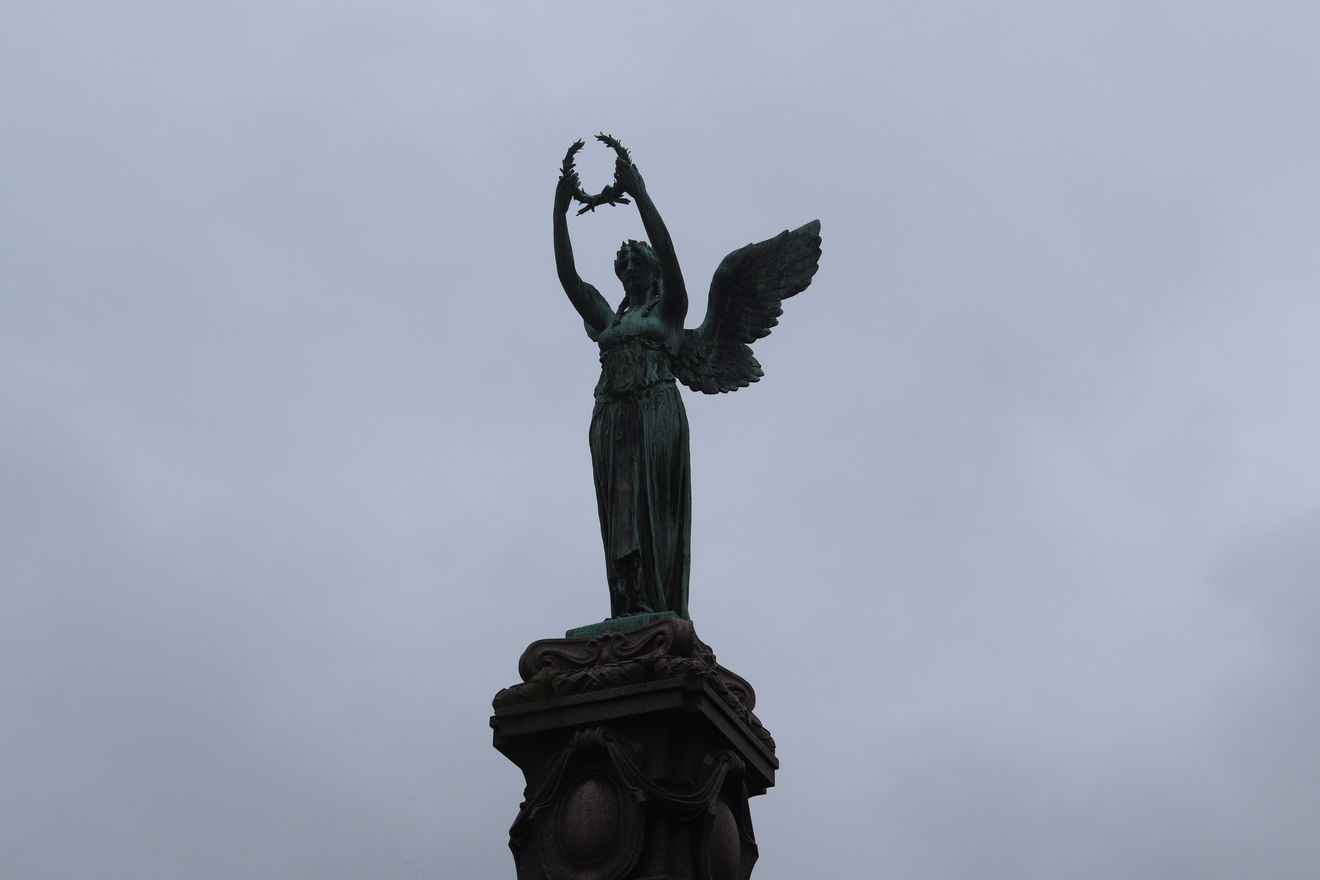
By the mid-19th century, Gateshead, like many industrial towns, was undergoing rapid urbanisation. The influx of workers led to cramped housing conditions and a lack of green spaces. It was around this time that Wailes fell into financial difficulties and, recognising the need for a public park, the Gateshead Corporation set its sights on the Saltwellside estate. In 1875, after lengthy negotiations, they purchased the land from Wailes for £32,000, a substantial sum at the time.

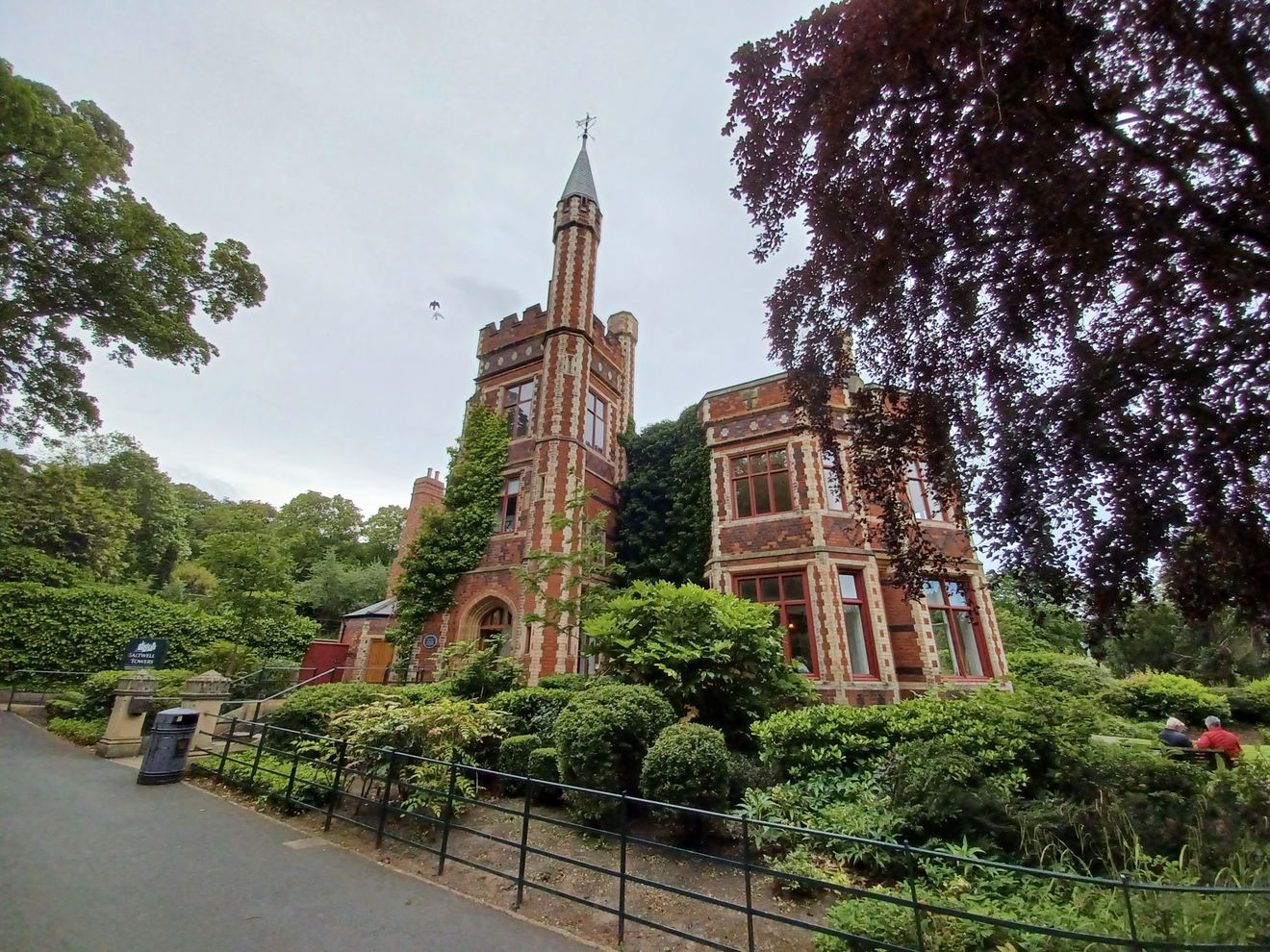
To transform the estate into a public park, the Gateshead Corporation enlisted the expertise of Edward Kemp, a renowned landscape designer, who had previously worked with Joseph Paxton at Birkenhead Park, widely acknowledged as the first designed public park in the world and the template for Central Park in Manhattan.
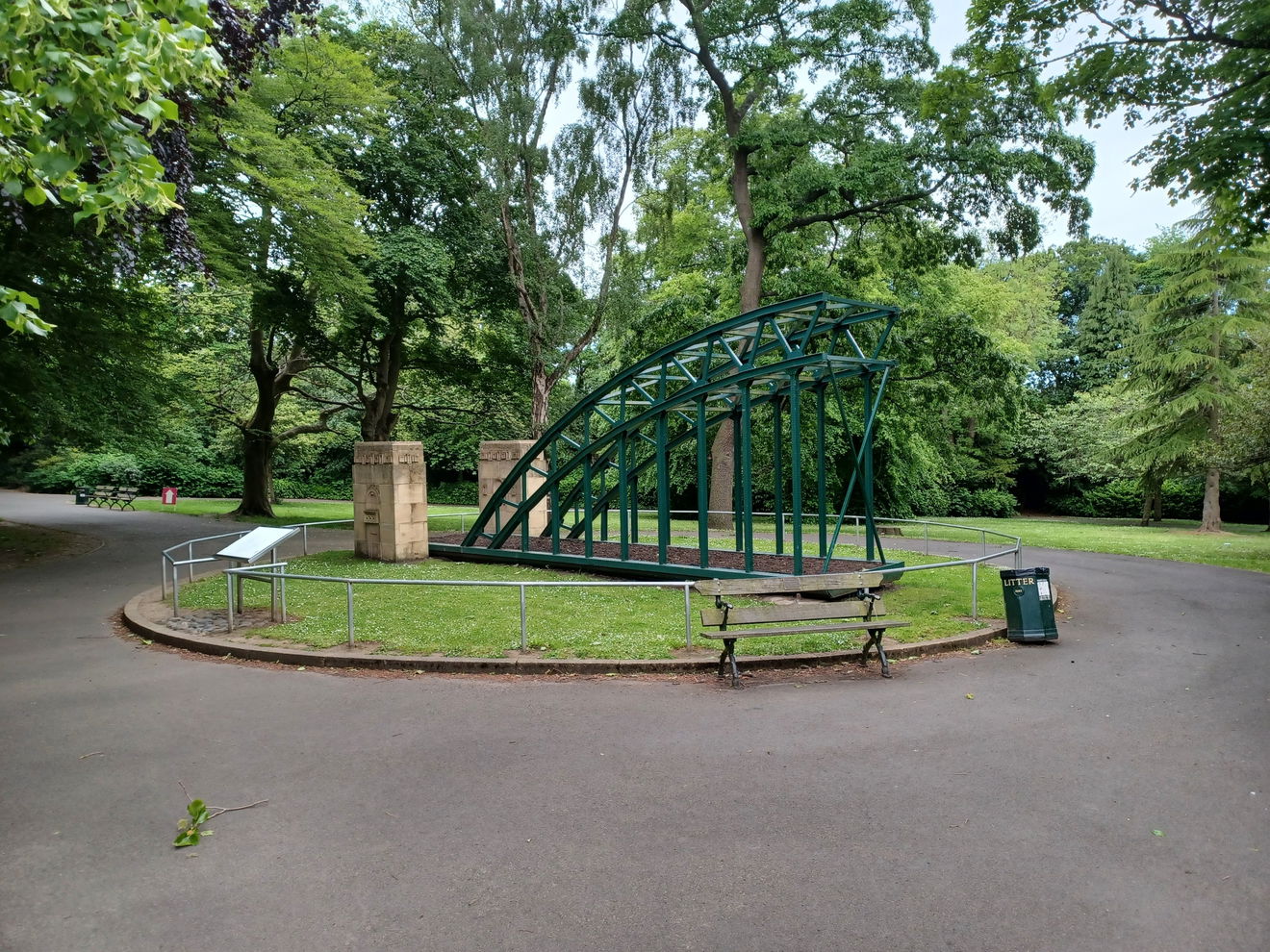
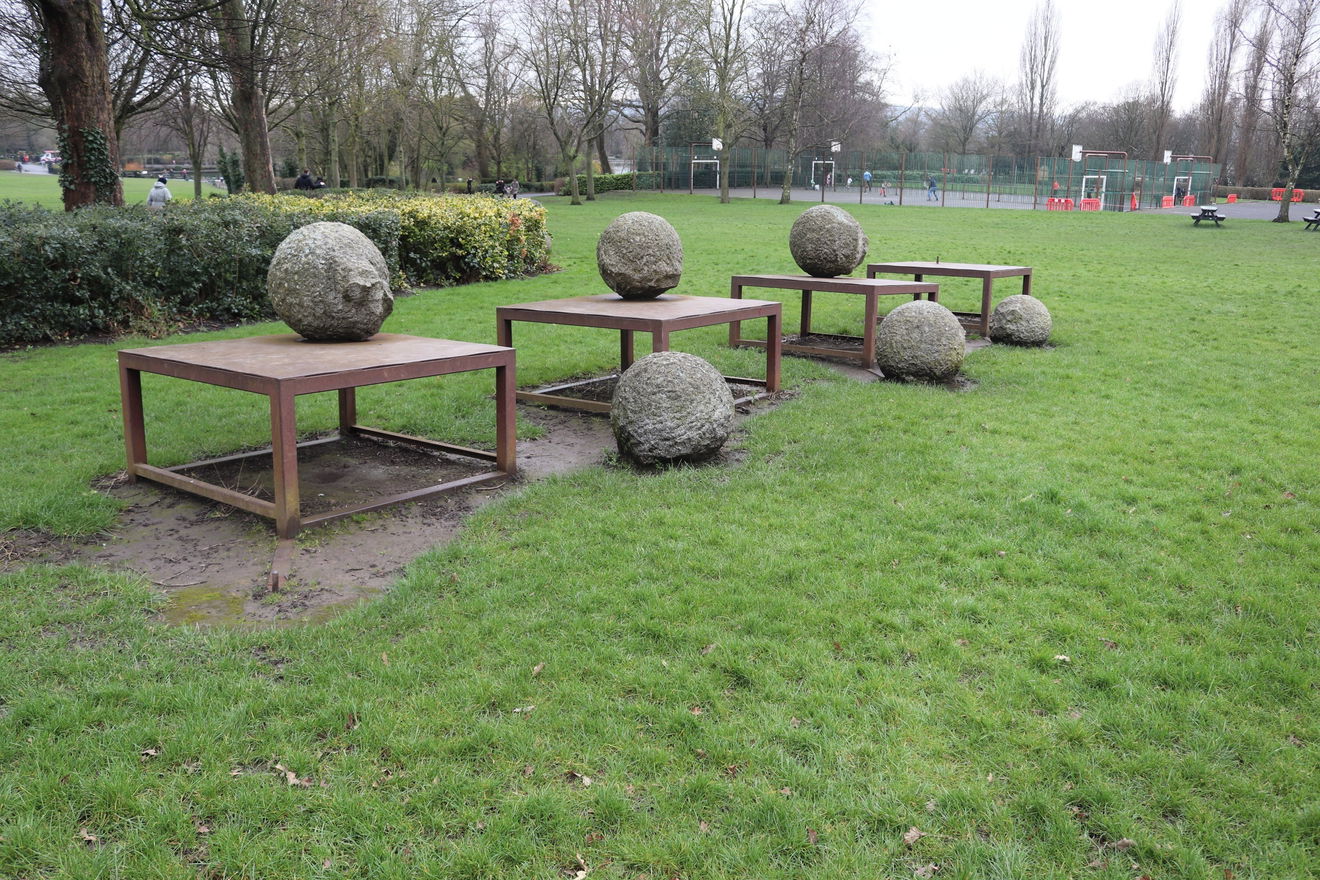
Kemp envisioned Saltwell Park as a multi-faceted space catering to diverse needs. He incorporated the existing landscaped gardens around Saltwell Towers, creating a formal area with ornamental flower beds and winding paths. The northern section, previously open fields, was transformed into a more informal space with rolling lawns, a boating lake, and a network of carriage drives. This provided space for picnics, leisurely strolls, and even more adventurous pursuits like cycling and boating.
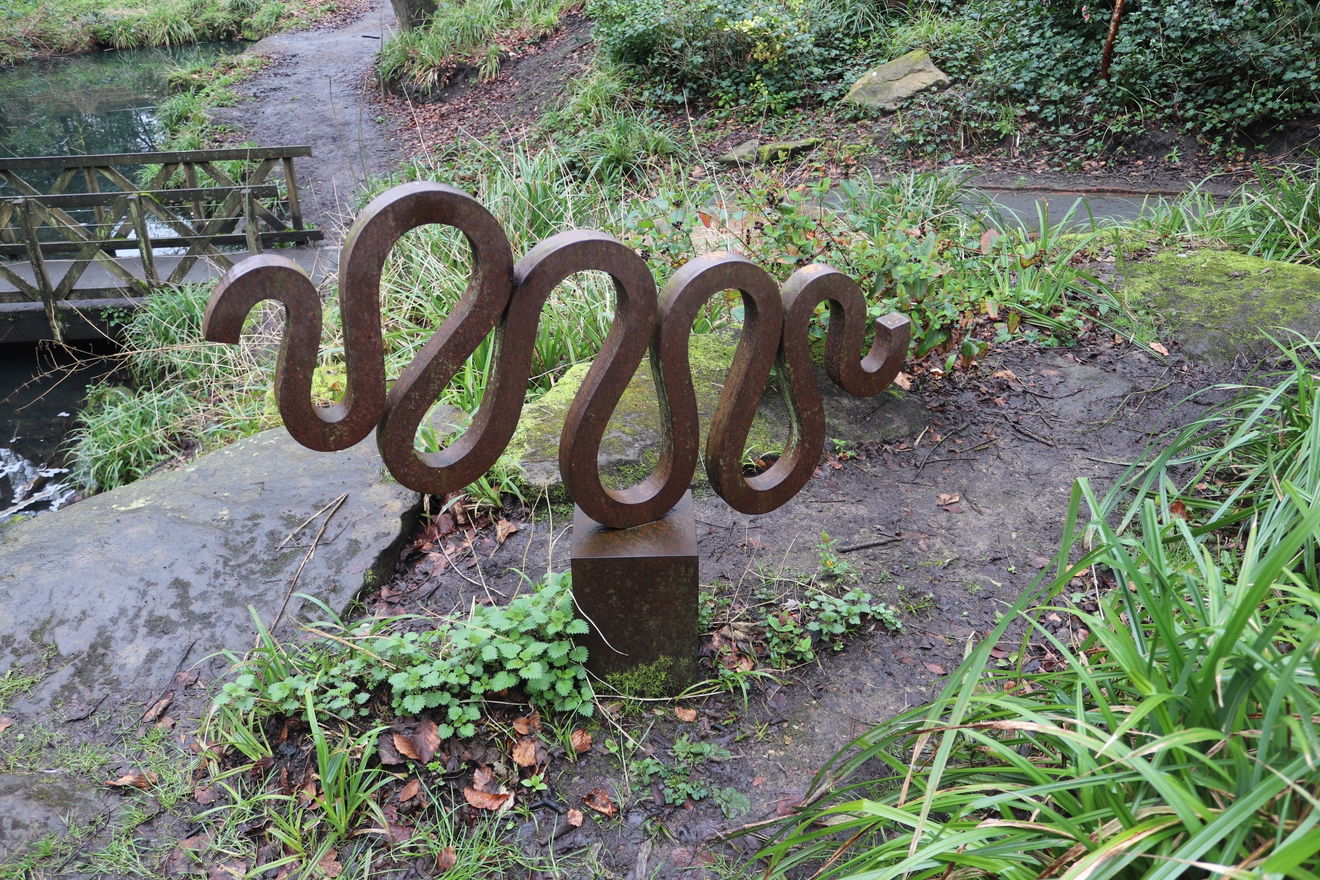

Kemp's design wasn't merely aesthetic; it had a social purpose. By offering a variety of spaces, he ensured the park's accessibility to people from all walks of life. Working-class families could enjoy picnics on the open lawns, while wealthier residents could stroll through the manicured gardens. This inclusivity became a defining characteristic of Saltwell Park.
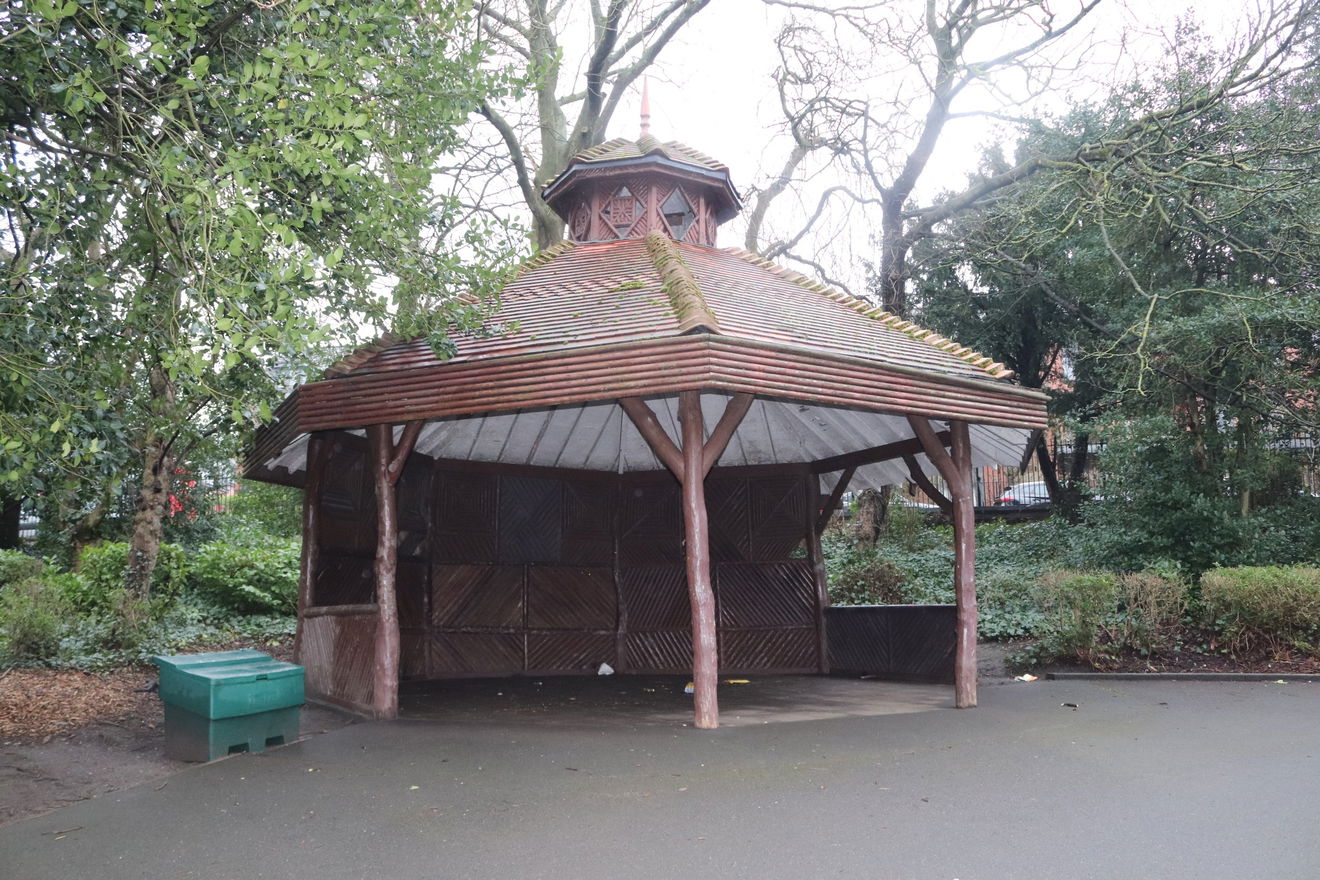

In 1876, on Whit weekend, Saltwell Park opened its gates to the public, christened "The People's Park". The park's creation marked a pivotal moment, offering residents a much-needed escape from the grimy realities of factory life. Lush greenery, open fields, and a boating lake provided opportunities for leisure, recreation, and a connection with nature.

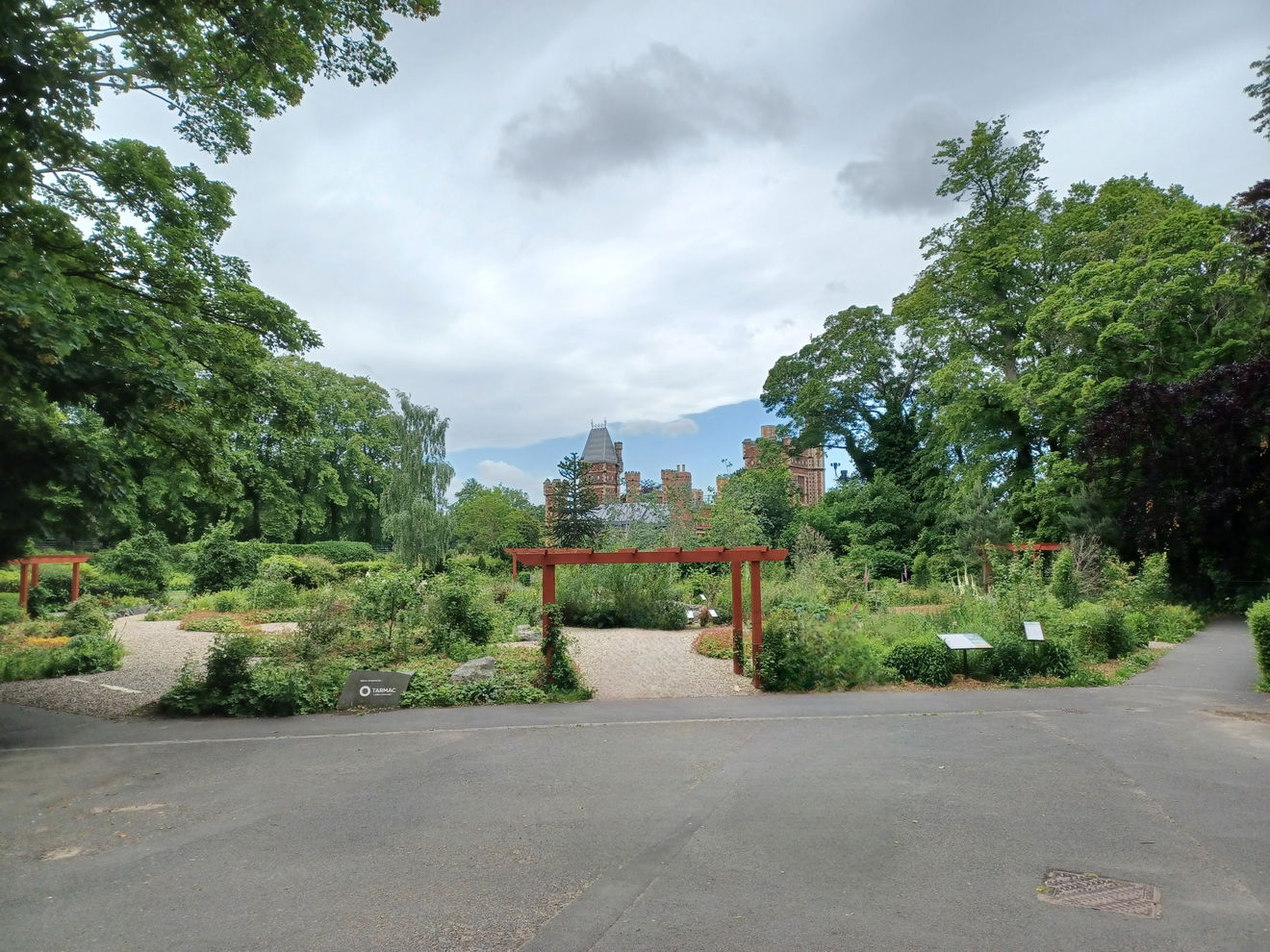
During its early years the park showed signs of being transformed into a zoo, with the Chief Constable of Gateshead continually seeking permission to donate animals to the park. In 1880 he successfully contributed aviaries full of birds and also a Monkey House! The monkeys, however, were a controversial addition as some aspects of their behaviour gave cause for concern and somewhat offended Victorian sensibilities. We will leave it to you to work out what caused the offence!
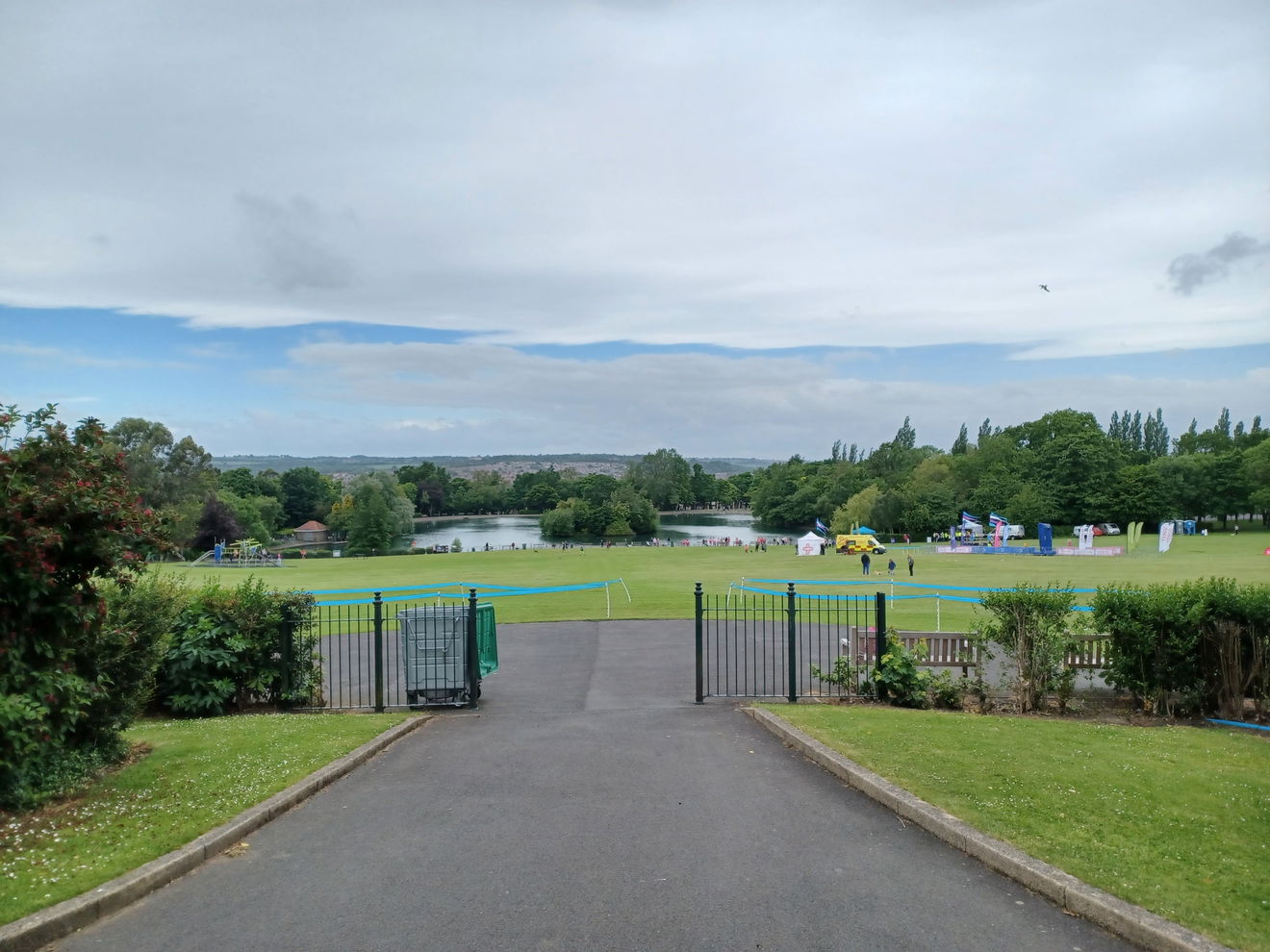
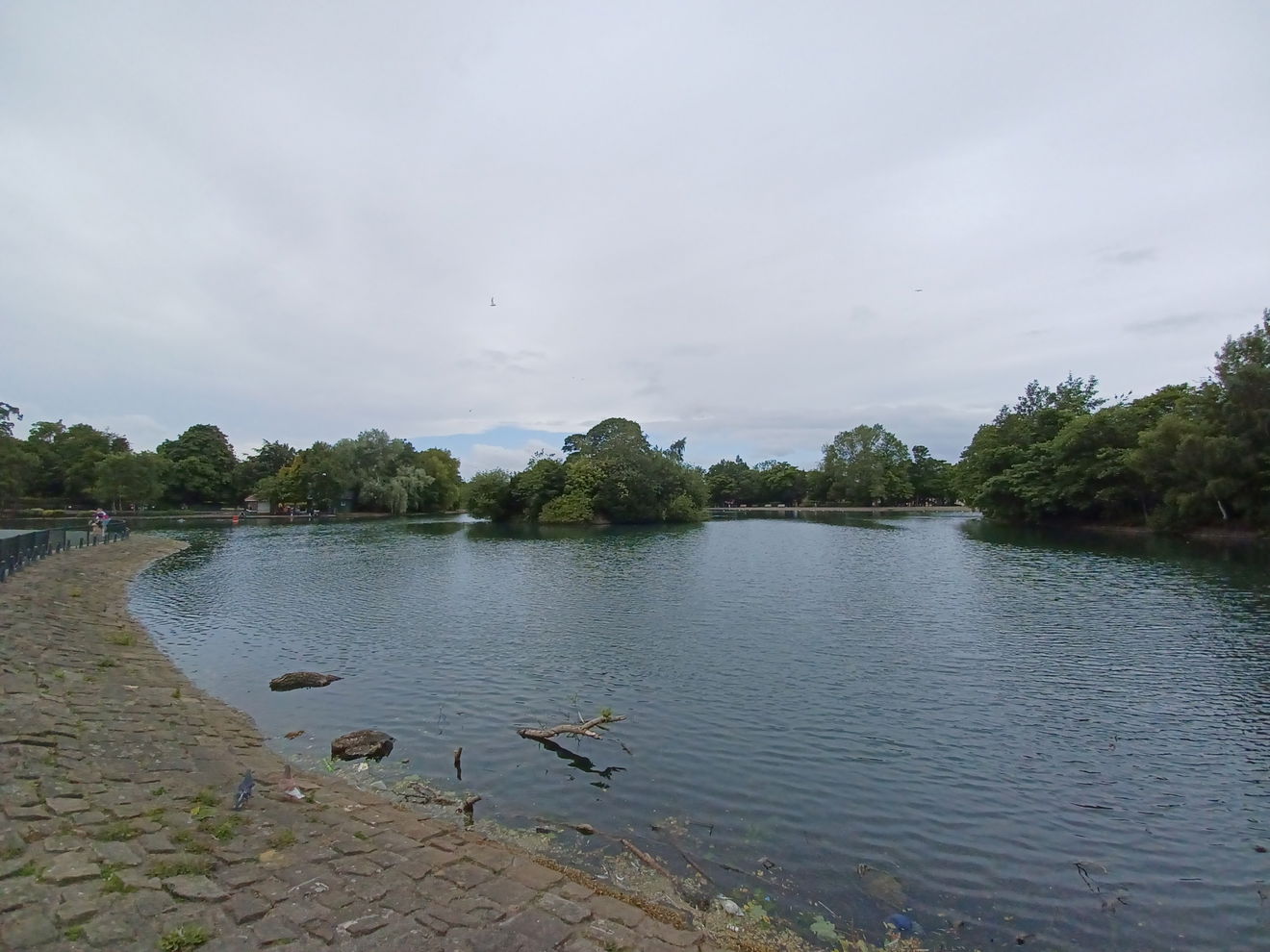
The late 19th and early 20th centuries saw Saltwell Park flourish as a hub of leisure activities. The boating lake teemed with life, offering families a chance to enjoy a leisurely row. The bandstand became a focal point for musical entertainment, drawing crowds for concerts and performances. Children revelled in the playground, while adults participated in bowling on the green or a game of tennis. The Park also hosted annual events like carnivals and fetes, fostering a strong sense of community spirit.


Saltwell Towers underwent a transformation during this period. Following Wailes' death in 1881, the building served various purposes. During World War I, it functioned as a military hospital, later becoming a local museum from 1933 to 1969.
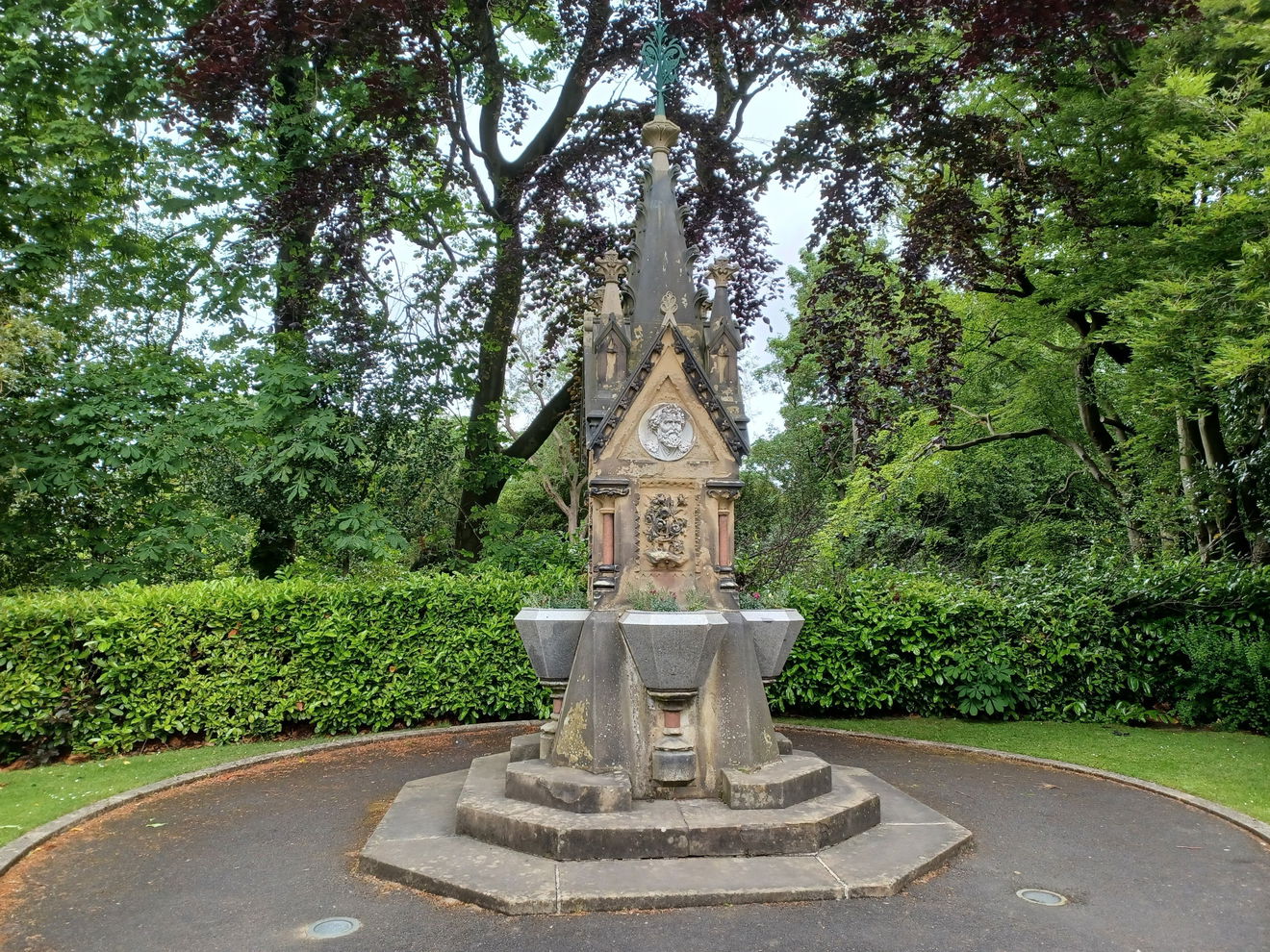

In 1920, Saltwell Park saw further expansion with the acquisition of the adjacent gardens belonging to the Saltwell Grove estate. This addition increased the park's size to its present-day 55 acres and provided even more space for recreation. However, the 20th century also presented challenges. The decline of heavy industry in Gateshead impacted the park's maintenance and upkeep. Additionally, changing leisure preferences led to a decline in some traditional activities like boating.

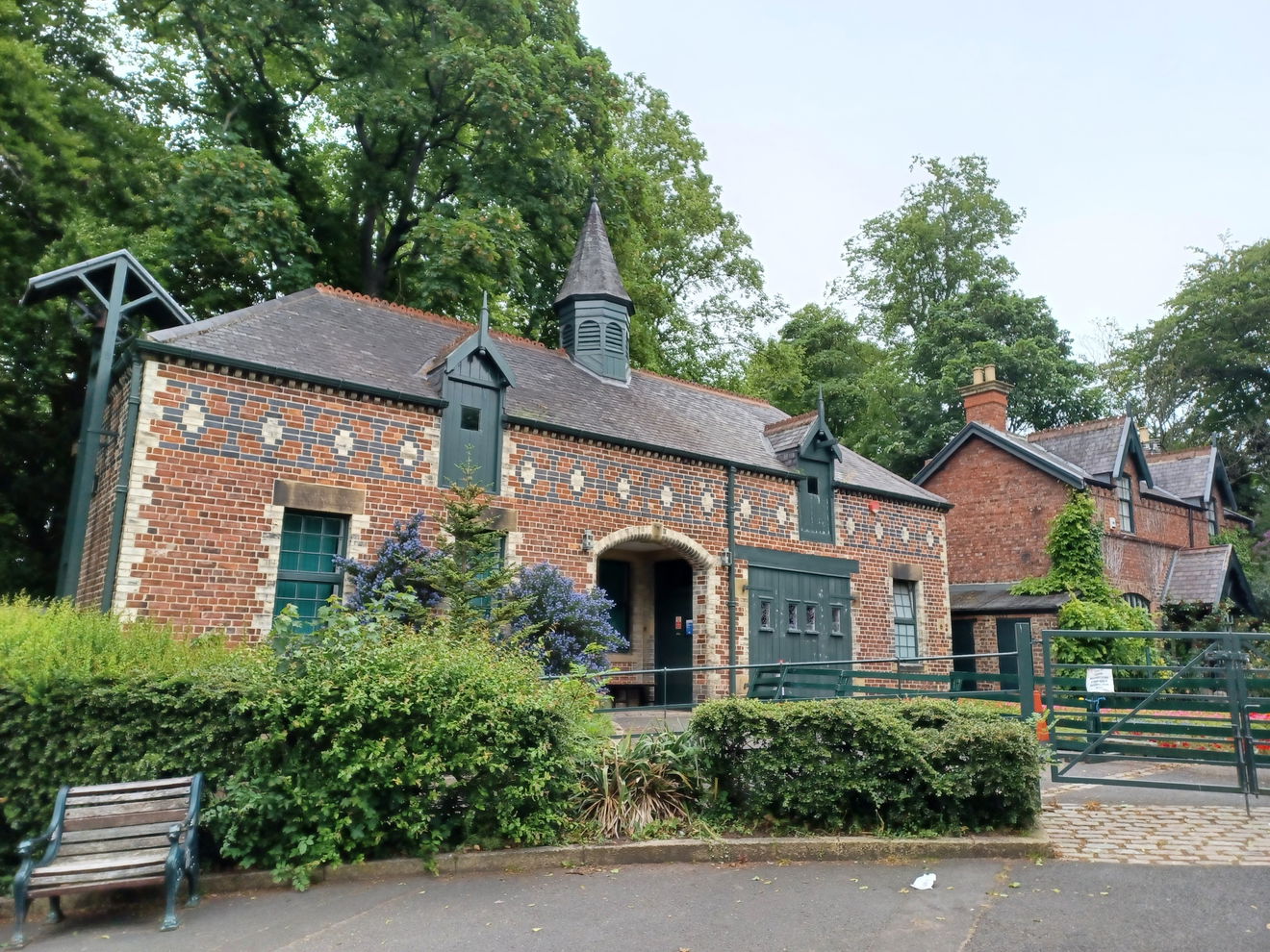
The turn of the millennium ushered in a new era for Saltwell Park. Recognising the park's historical and cultural significance, Gateshead Council embarked on a major restoration project between 2000 and 2005. Funded by the Heritage Lottery Fund, the project aimed to restore the park to its former Victorian glory. This involved extensive landscaping work, the refurbishment of Saltwell Towers, and the meticulous recreation of the original maze.
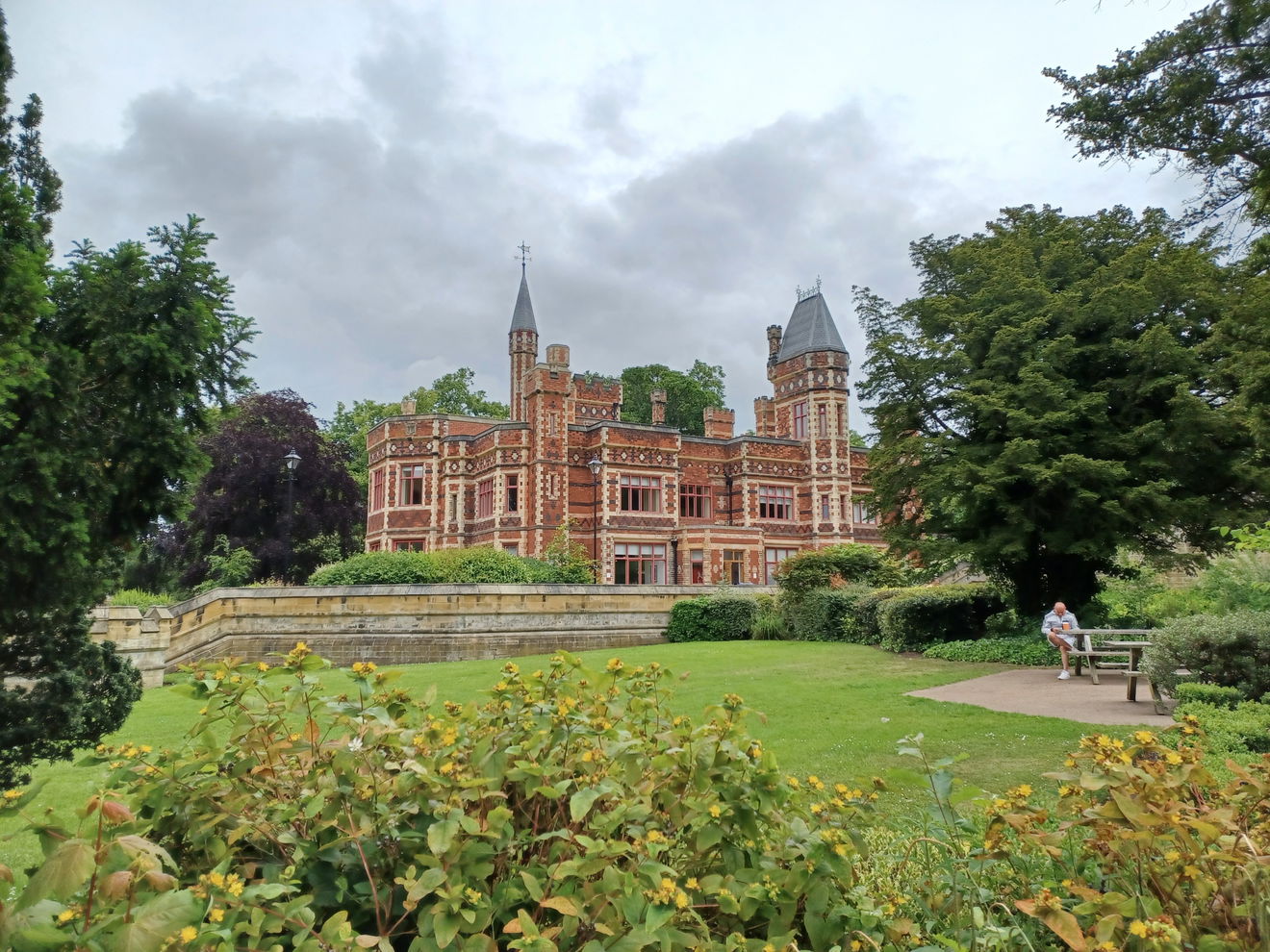

The restoration project breathed new life into Saltwell Park. The park's beauty and historical significance were recognized on a national level. In 2003, it was awarded Grade II listing on the Historic England Register of Parks and Gardens and Gardens and in 2013 it was listed as one of fifty five Green Heritage Sites in the UK.

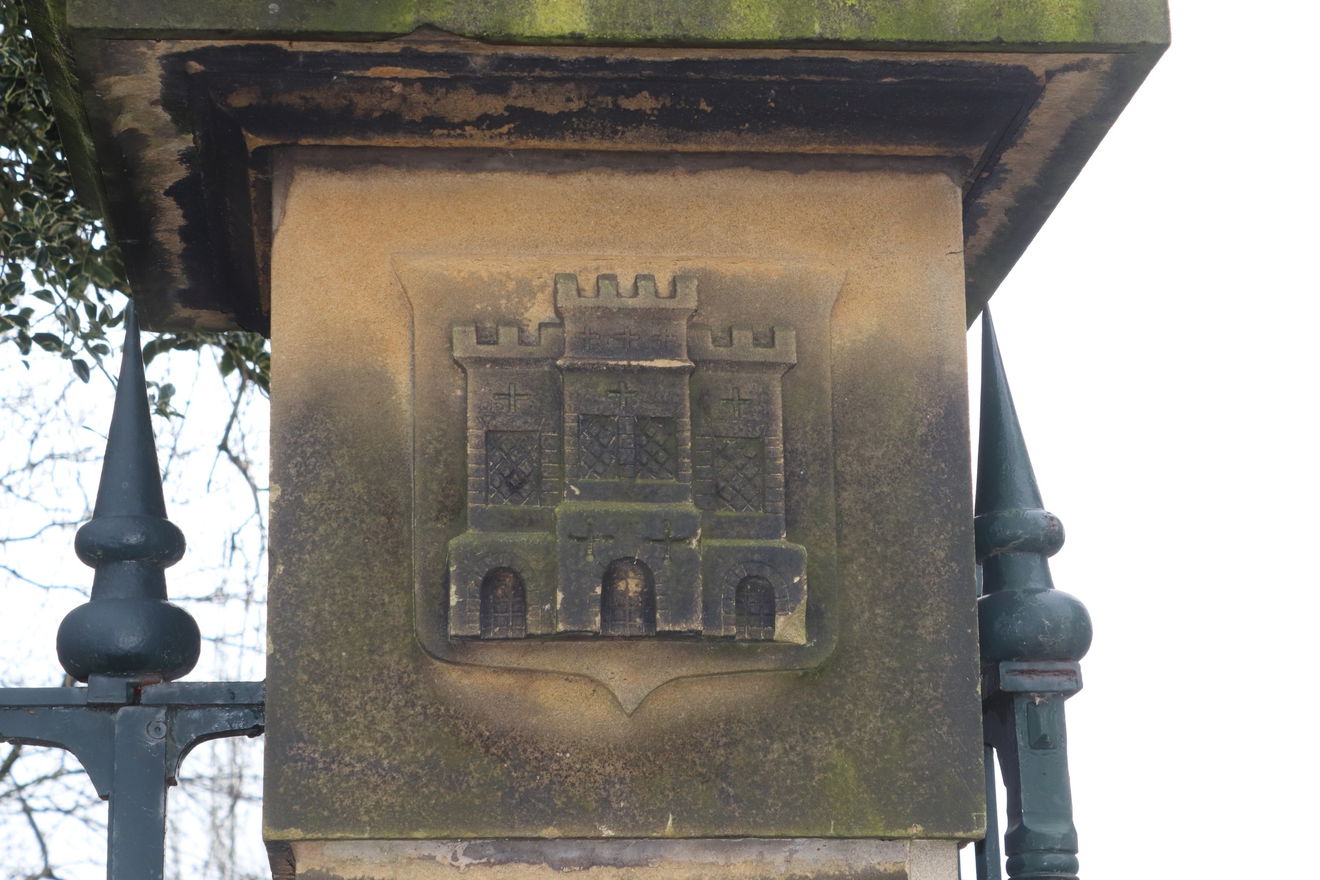
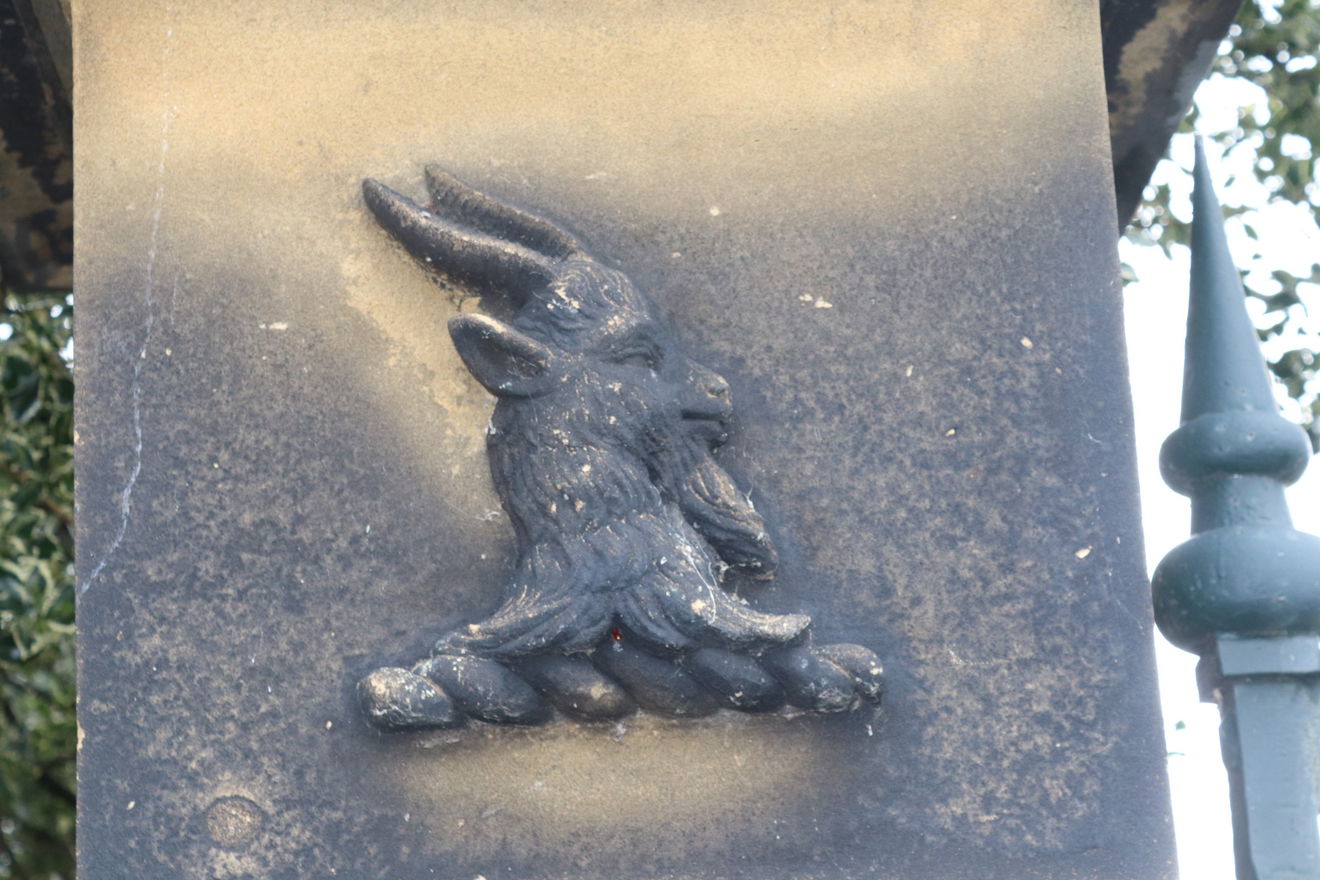
Get 3 points if you have visited this place. Already visited by 191 VIPs.
Login to the VIP area to add places to your bucket list, mark them as visited and more importantly see where you rank on the league table.
How To Find Saltwell Park
Where To Park For Saltwell Park?
Lat / Long
54.940694, -1.604519
What three words
There is a car park for the Park towards the southern end near Saltwell Crematorium.
Contributed by Andrew Gardner
I love being outdoors, in nature, and experiencing the relaxation it brings. Wandering through the northern countryside seeing unexpected buildings, historic places and occasionally surprised wildlife is one of life's great pleasures.
More Places from Andrew
More Places In Gateshead
Find more fabulous places in Gateshead, Tyne And Wear and if you know of a place we haven't listed, then let us know.
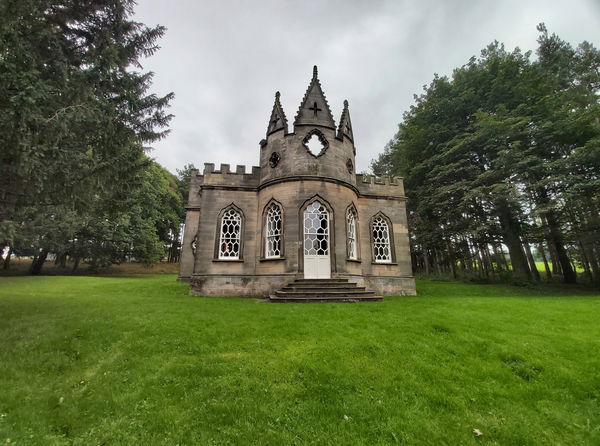
Gibside Banqueting House
Building Gateshead Tyne And WearA beautiful folly set in the grounds of the Gibside estate which is now a holiday home.
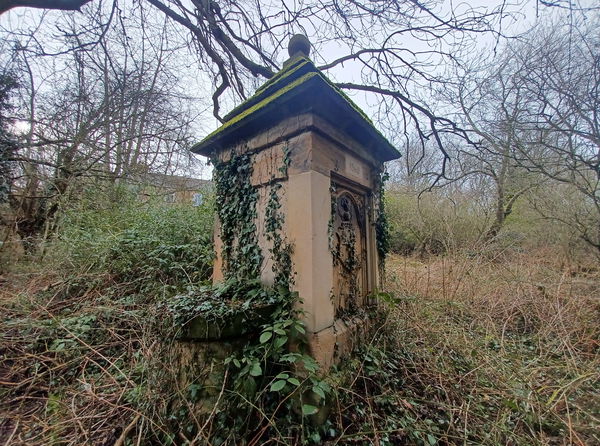
Cowen Drinking Fountains
Fountain Gateshead Tyne And WearTwo drinking fountains given to the people of Blaydon by Joseph Cowen in the 1860s.
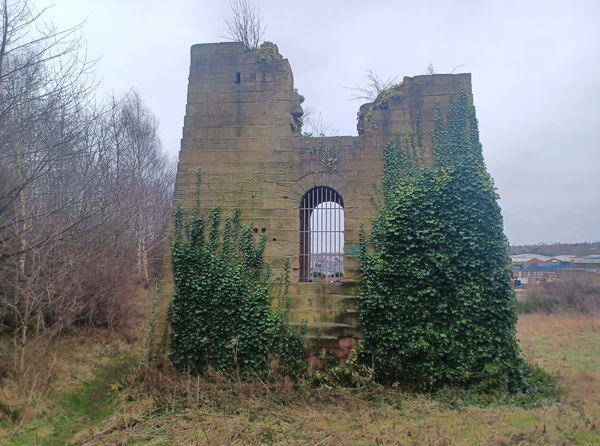
Friar's Goose Pumping Station
Building Gateshead Tyne And WearRemains of a pumping station built by Robert Stephenson in 1844.
More Landscapes
So this landscape wasn't enough and you want more? Don't worry we have you covered.

Warton Crag Nature Reserve
Landscape Lancaster LancashireBeautiful mosaic of limestone pavement, grassland and ancient woodland.

Seacliff Beach and Harbour
Landscape East Lothian BordersA private beach to the east of North Berwick with views to Bass Rock.

Thrunton Wood
Landscape Alnwick NorthumberlandA spectacular woodland planted on crags to the north and south.
Never Miss A Fabulous Place
If you are afraid of missing out on all the fabulous places we post, or just want to be the first to know, then sign up to the Fabulous North.
Each week we will email you all the brand new places that we visit.
Sign Up To AlertsFind Us On Facebook
We post all our new places daily on our Facebook Groups page, so join the group today and be notified when we add a new place.
Join Our Facebook GroupSaltwell Park was listed in Landscape // Tyne And Wear // Gateshead


